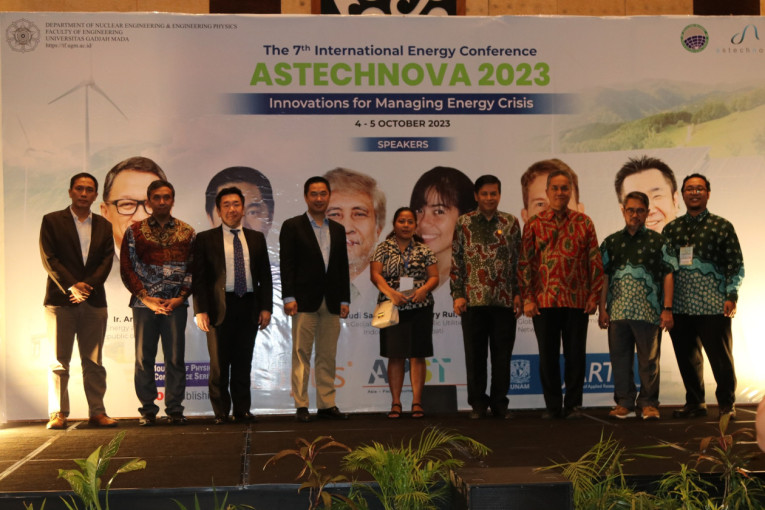
Indonesia targets net zero emissions by 2060, with most national power plants primarily sourcing their energy from variable renewable energy (VRE).
In 2060, the country’s electricity demand is projected to reach 1,942 TWh, with per capita electricity consumption at 5,862 kWh per capita.
To support this effort, besides primarily sourcing their energy from variable renewable energy (VRE), national power plants will also optimize other renewable energy sources to help maintain system stability.
“Some of the challenges we face now are related to the implementation of high technology, and some of this technology is still imported. We need good engineering practices to drive the electricity system, its reliability, and its relatively high cost compared to fossil fuels,” said Dr. Gigih Udi Atmo, Director of Energy Conservation at the Ministry of Energy and Mineral Resources.
The director said this during the 7th International Energy Conference ASTECHNOVA titled “Innovation for Managing Energy Crisis,” held at The Alana Yogyakarta Hotel on Wednesday (October 4).
The government is also pushing for nuclear power plants to operate in 2039 to ensure system reliability. Dr. Atmo added that the country will deploy up to 31 GW of nuclear power plants by 2060.
To support Indonesia’s green program, the potential renewable energy of 3,686 GW will be utilized to produce green hydrogen, backed by proven natural gas reserves in Indonesia of 41.62 TCF that can potentially be used to produce hydrogen gas as a source of electricity generation.
Professor Kotaro Tanaka, a researcher in new and renewable energy from the University of Ibaraki, Japan, stated that Japan is currently facing carbon emission pollution, with an average CO2 emission concentration of around 420 ppm.
While Indonesia targets carbon neutrality by 2060, the Japanese government aims to achieve it by 2050.
“Japan aims for carbon emissions neutrality by 2050. CO2 emission output depends on the fuel used for power generation,” he said.
The Japanese government is currently studying hydrogen-based fuels, ammonia, and synthetic fuels for power generation and public transportation energy sources. Synthetic fuels are potentially used for aircraft and ships that cannot use electricity.
Meanwhile, in his welcome speech, Professor Selo, Dean of the UGM Faculty of Engineering, said that the current progress in science and technology is expected to achieve energy resilience and sustainable development goals.
“Energy issues are becoming a global problem. If not corrected soon, we or our descendants may experience an energy crisis. In this context, multidisciplinary study bridges are needed as responsive responses and to formulate strategies together to achieve sustainable energy resilience, which can spread across continental and administrative boundaries,” he explained.
The International Energy Conference ASTECHNOVA in 2023 is organized by the UGM Faculty of Engineering for two days, on October 4-5.
Several speakers who attended came from Indonesia, the United States, Japan, Thailand, and Kiribati.
“One of the speakers is Mary Rui from the Public Utilities Board of Kiribati. We intentionally invited her as a panelist. Besides discussing global energy crisis issues, we want to strengthen cooperation between Indonesia and countries in the Pacific islands,” said Dr. Rachmawan Budiarto, one of the organizing committee members.
Author: Gusti Grehenson

